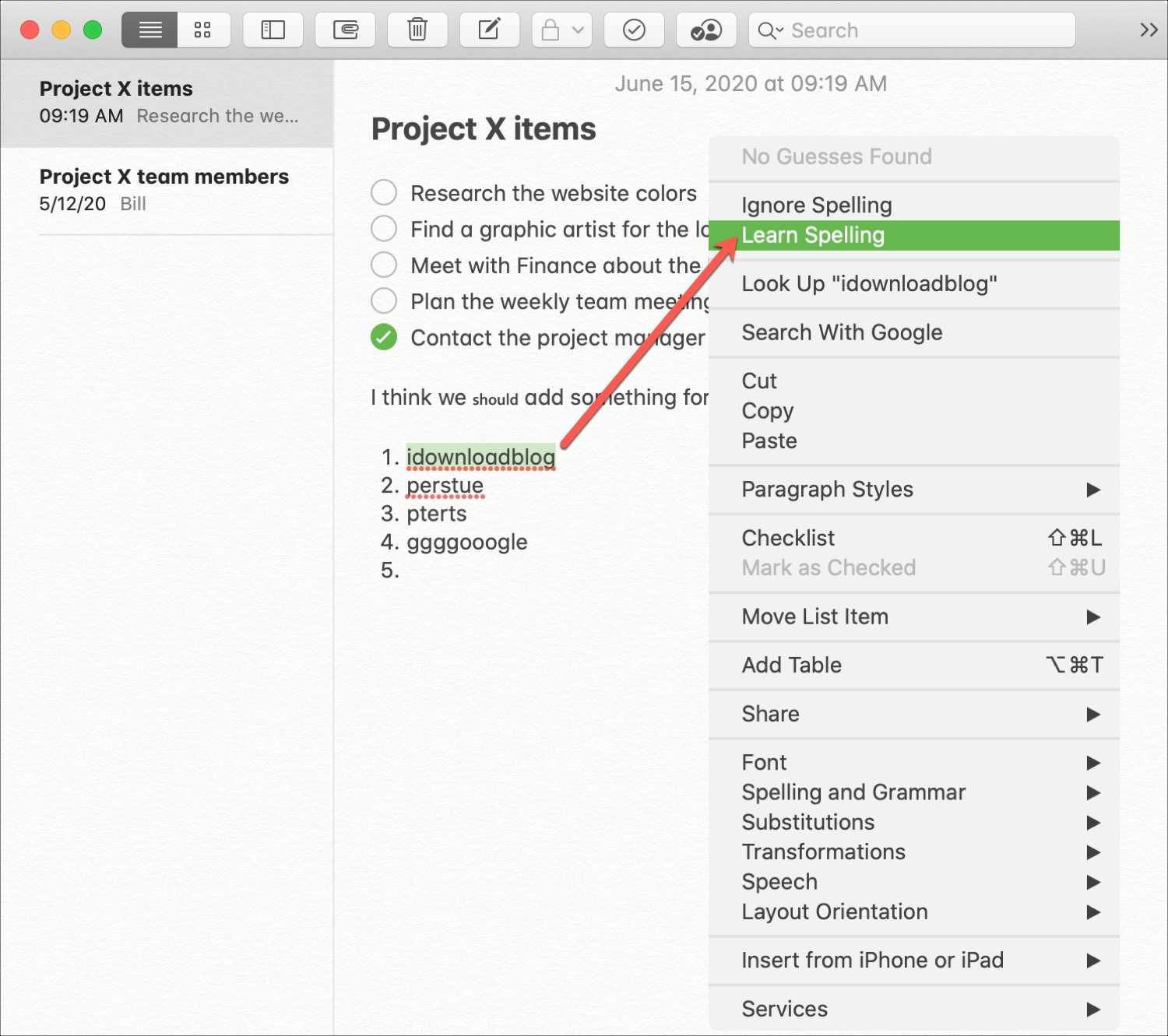May 31, 2017 By adding a new word, the spellcheck engine in Mac OS will stop flagging that word as a typo or spelling error, which is often shown as a red underline under the word. This is helpful for new words not actively in a dictionary, business names, general names, words from foreign languages, and even alternative spellings of words that are for. The main dictionary contains the most common words, but it might not include proper names, technical terms, or acronyms. In addition, some words might be capitalized differently in the main dictionary than in your file. Adding such words or capitalization to a custom dictionary prevents the spelling checker from flagging them as mistakes. Dec 05, 2019 In Word 2003 for Windows or 2004 for Mac, go to the 'Tools' menu, select 'Spelling and Grammar ', and click 'Options '. In Word 2007 or 2010 for Windows, click the File menu button select options then click 'Proofing.' In Word 2008 or 2011 for Mac, go to the 'Word' menu, select 'Preferences,' and click 'Authoring and Proofing Tools.' Mar 16, 2016 Most Mac applications use the operating system’s spell check feature, and share the same personal dictionary. So if you add a custom word to your dictionary in one application, other Mac apps won’t detect it as a typo in the future. But there’s no obvious way to remove a word from the dictionary if you accidentally add one.

With Dictionary on your Mac, you can easily get definitions of words and phrases from a variety of sources.
Tip: You can also quickly look up words while you’re working in an app or browsing webpages.

You can open Dictionary from Launchpad (click the Launchpad icon in the Dock).
Search for a word or phrase in Dictionary
In the Dictionary app on your Mac, type a word or phrase in the search field in the upper-right corner of the Dictionary window.
Note: If you add another Dictionary source, wait for it to download completely before searching for a word or phrase. For information about adding sources, see “Customize Dictionary sources” below.
While reading the definition, you’ll see links (blue text) to related words. In addition, you can hold the pointer over any word or phrase and click to look up its definition.
When you look up a word in a definition, a SnapBack button appears in the search field. Click it to return to your starting definition. You can also swipe left or right on your trackpad or click the previous or next button in the toolbar of the Dictionary window to move between definitions you viewed.
Make text smaller or bigger
In the Dictionary app on your Mac, click the font size buttons in the toolbar of the Dictionary window.
You can also pinch with two fingers to zoom in or out.
Customize Dictionary sources
In the Dictionary app on your Mac, choose Dictionary > Preferences. You can select and reorder sources, such as Spanish or Korean dictionaries. You can set options for some sources, such as how to display pronunciations or which language of Wikipedia to search. The sources you select here determine the sources shown in Dictionary and when you look up words.
Hide profanity
You can use Screen Time System Preferences to restrict access to explicit content in Dictionary for yourself or for a family member. See Change Screen Time Content & Privacy preferences.

If you search for a word and Dictionary can’t find any results, the word may not be in the sources selected in Dictionary preferences, or it may be restricted by Screen Time settings. If possible, Dictionary suggests alternative words.
Mac Address Vendor Lookup
You can also use Spotlight to get a quick definition. Click the magnifying glass icon in the upper-right corner of the screen, then type a word or phrase.
Mac Address Lookup
